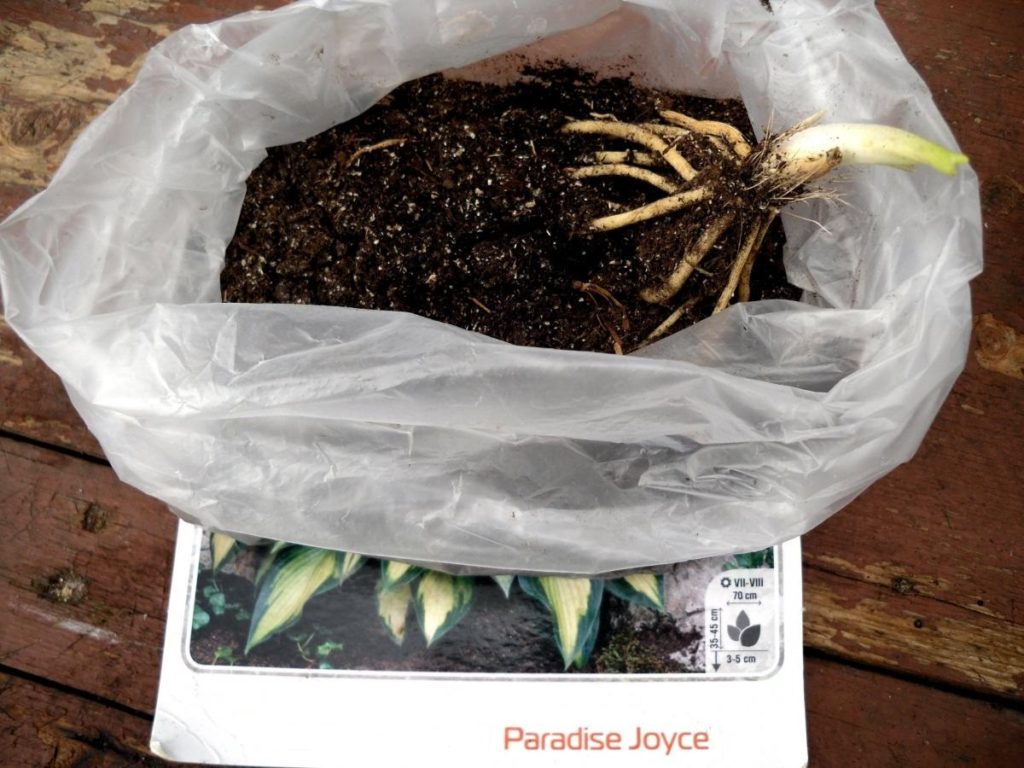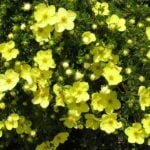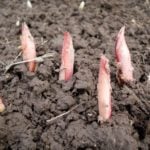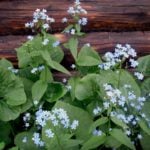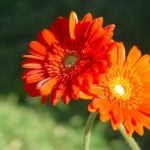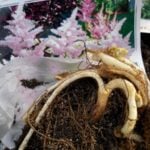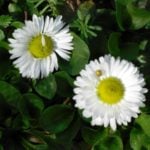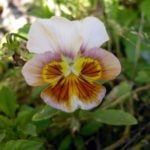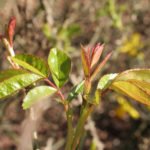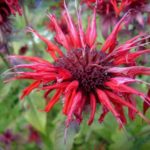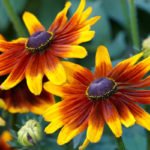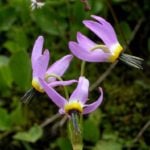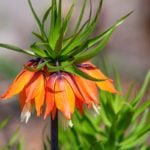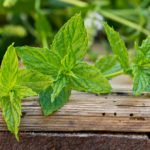Spring is the best time to plant hosts. And although the plant is very unpretentious, when choosing a planting material and proper planting, you need to take into account some subtleties — we will talk about them.
We will need: planting material, a shovel, a watering can with water, some peat, sawdust or crushed bark. It is good to have a garden tag on which you can write the varieties of planted plants.
Step one: purchase of planting material
If you buy planting material in the store, choose strong, healthy rhizomes, a well-developed leaf gem-as in the photo above. It is undesirable to acquire plants that have already developed foliage — this weakens the rhizome and the host can then develop worse:
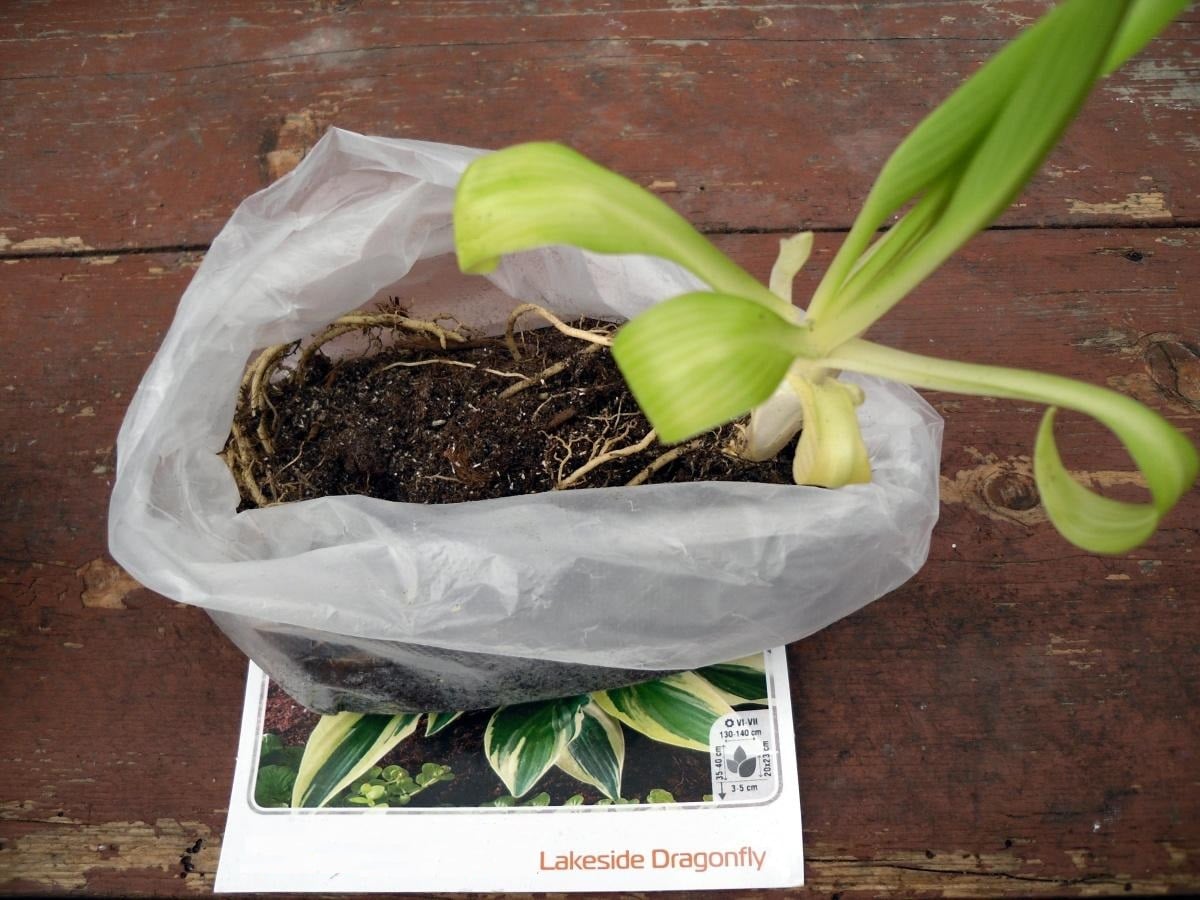
Sometimes you can find hosta seedlings in pots. It, of course, already has several leaves, and you can see exactly what color the plant will get. But it is more difficult to find such plants, so it may be better to buy rhizomes.
It is a little more difficult when ordering via the Internet: sometimes the planting material comes in the mail already outgrown. This plant should not be stored, it is planted as quickly as possible. If the soil is not ready yet, at least in a pot, and then replant in the ground. Rhizomes in which the gem does not open can be stored in the refrigerator before planting.
Step two: choosing a location for planting
It is advisable to store the plant in the shade or partial shade. Some species do not tolerate the sun well – they can change the color of the foliage, for example, in the variegated hosta, which has a white figure, the sun can cause burns. Hosts grow well in wet areas; if the soil dries up easily, the plants need to be watered frequently.
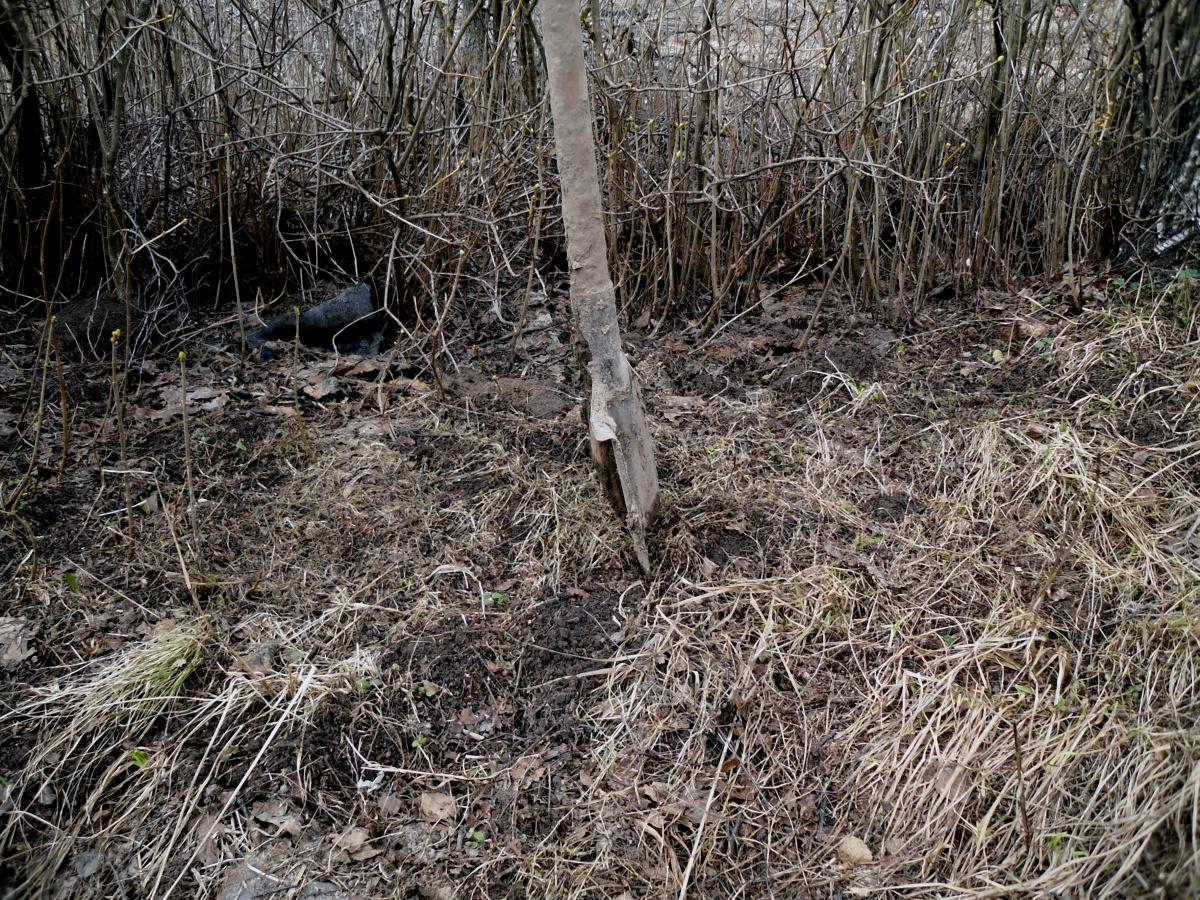
If it is intended for planting on plowed soil, then you need to prepare the landing site by digging it up. It is advisable to choose the rhizomes of perennial weeds.
Step three: landing
The size of the planting holes depends on the volume of the root system of your seedling. It should be large enough that the roots are located freely. Peat is added to the soil excavated from the pit and mixed.
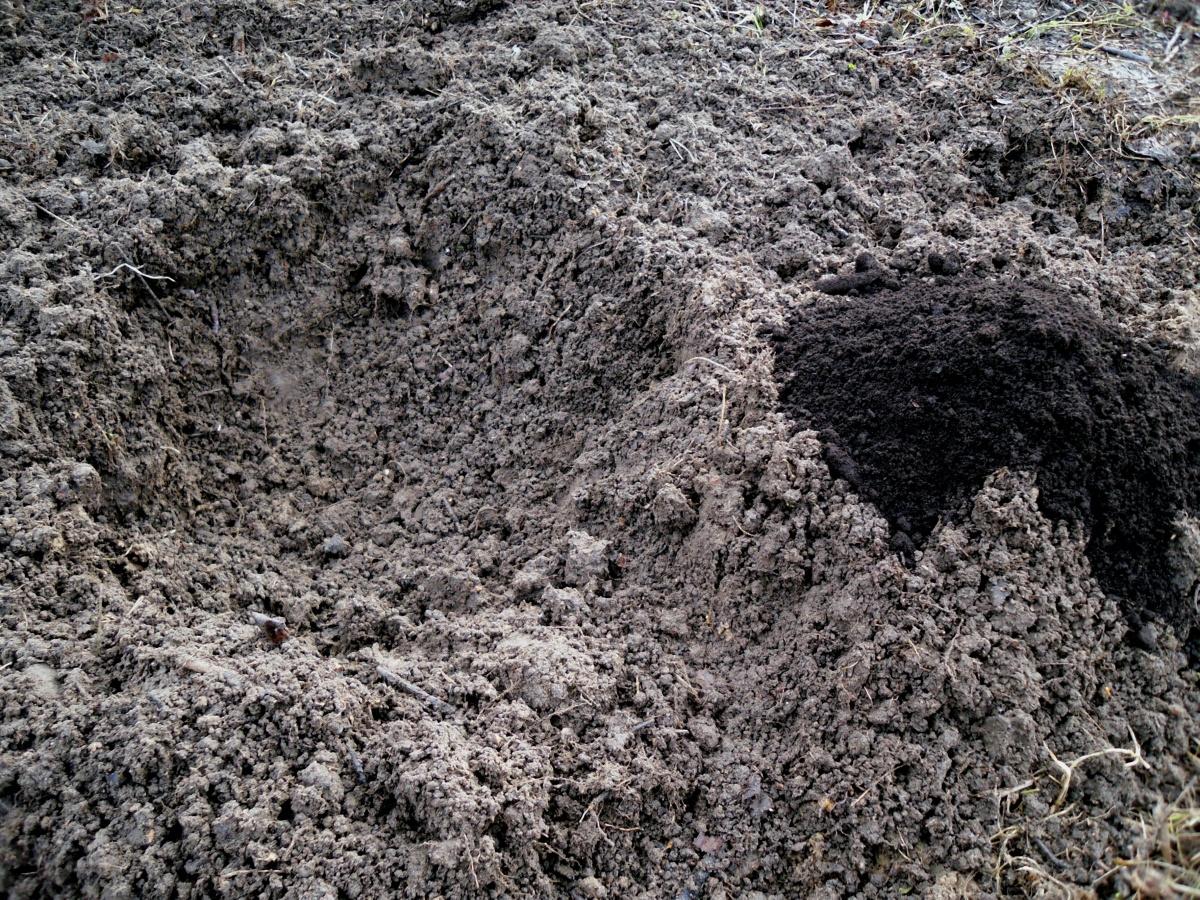
Hosta loves moisture, so it is advisable to water the soil in the planting hole well before planting the plant. Then place the seedling, gently straighten its roots.
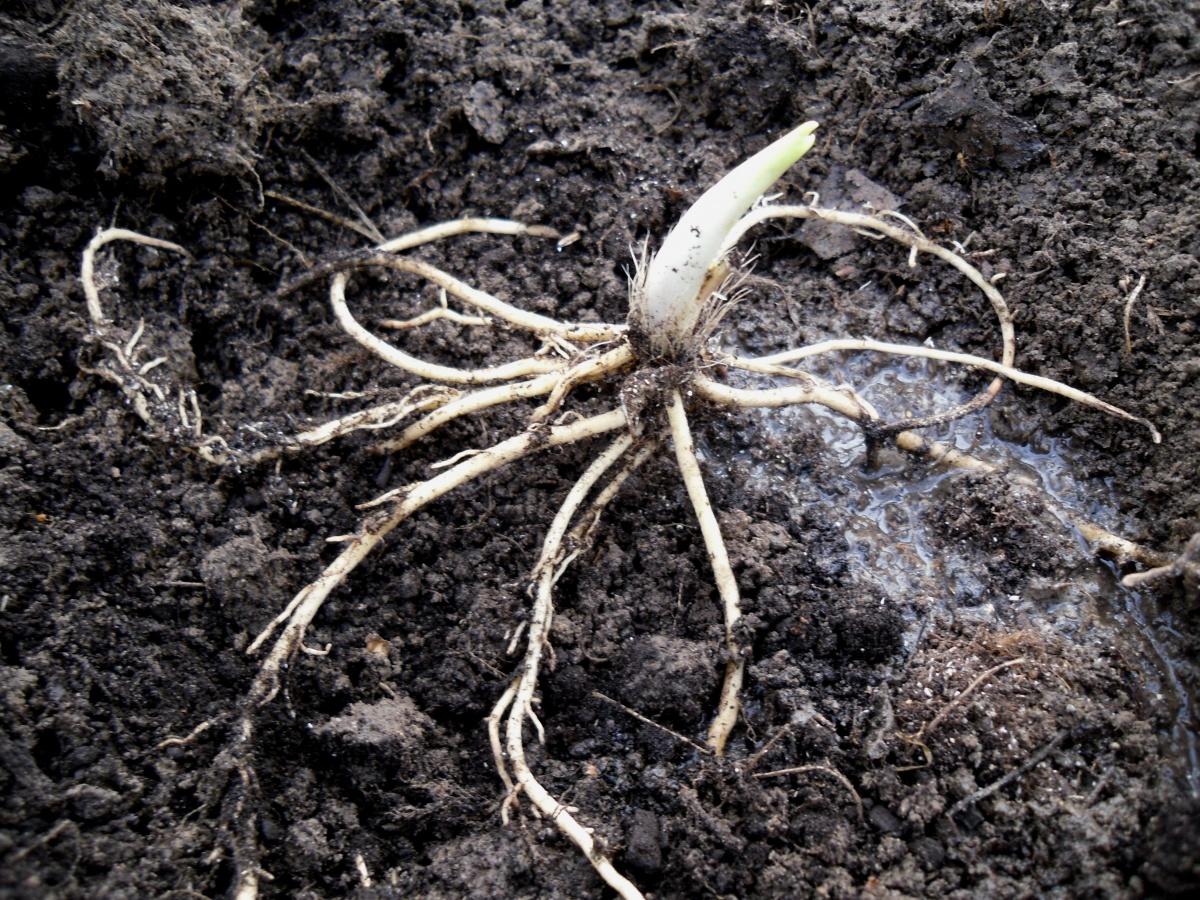
Sprinkle with earth, lightly pressing it. Do not bury the plant too much when planting, but make sure that the roots do not stick out of the ground. If the host is transplanted from the pot, then it is planted at the same depth at which it grew before.
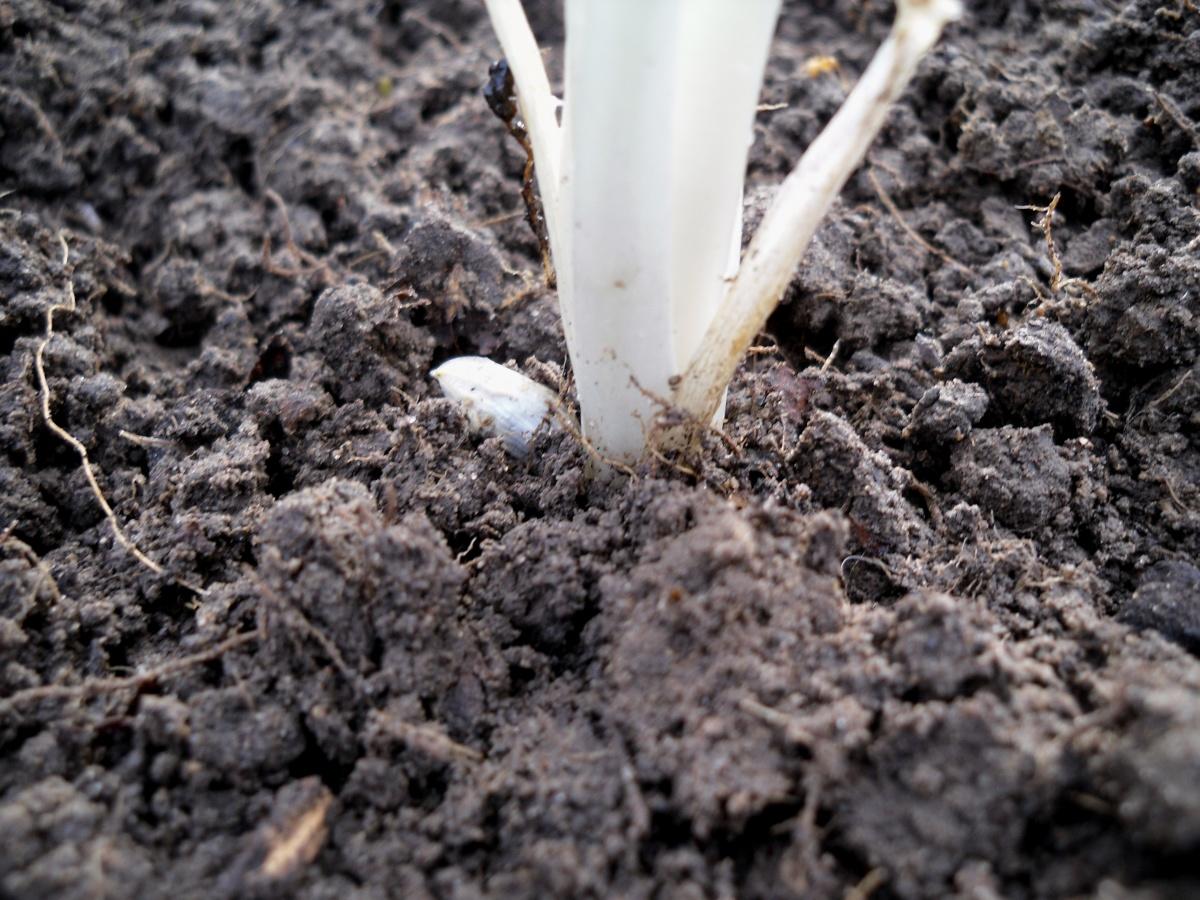
After planting, water the plant again; if the soil has settled, stir.
Step four: mulching
After planting, water the plant again; if the soil has settled, stir.
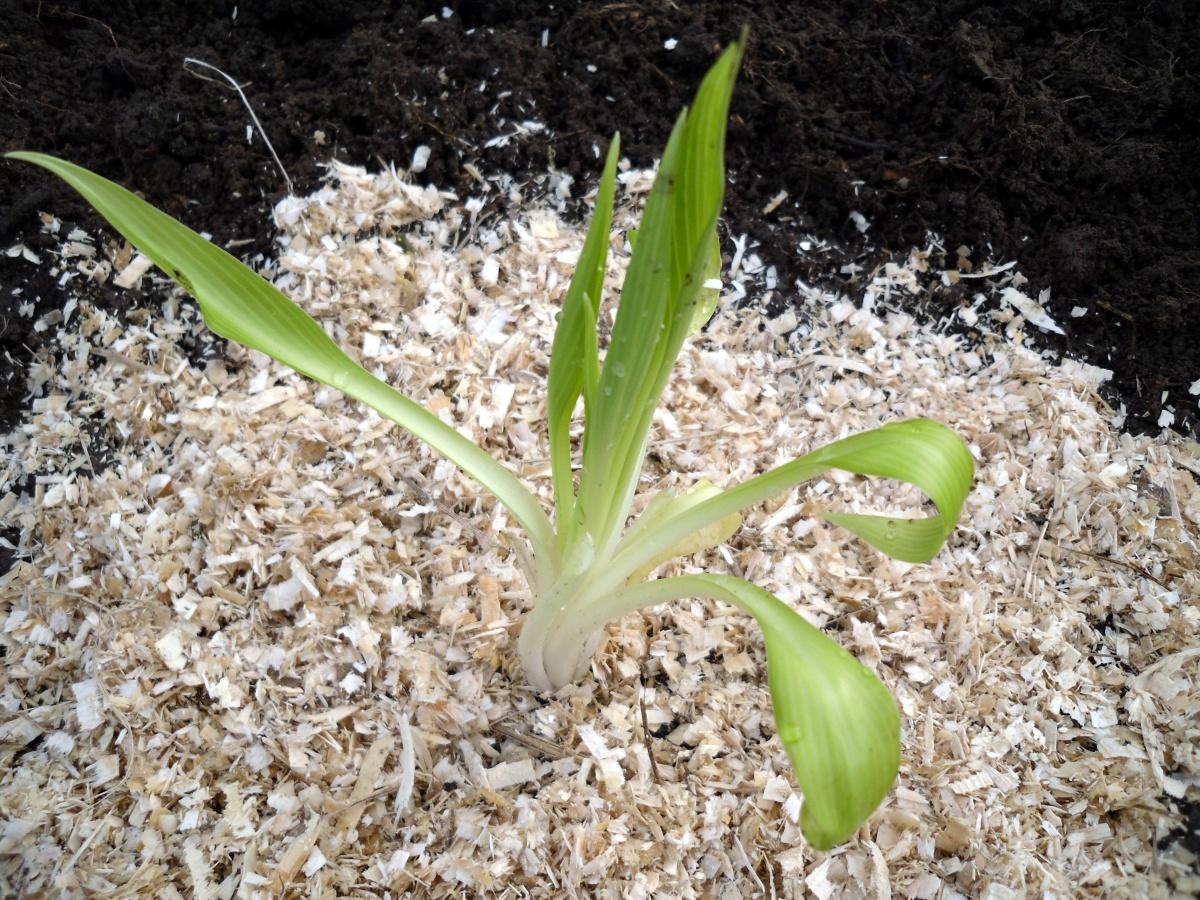
Mulch in this case plays a double role: first, it helps to preserve the moisture necessary for the plant in the soil, and secondly, it protects the plant well from slugs and snails. For these pests, coarse mulch is a serious obstacle.
You only need to set a label with the varieties of the planted plants written on them. This nuance should not be neglected, relying on your memory: the tag will save more reliable information.
